New research reveals that individual neurons follow multiple learning rules simultaneously, challenging the long-held belief that synaptic plasticity operates uniformly throughout the brain.
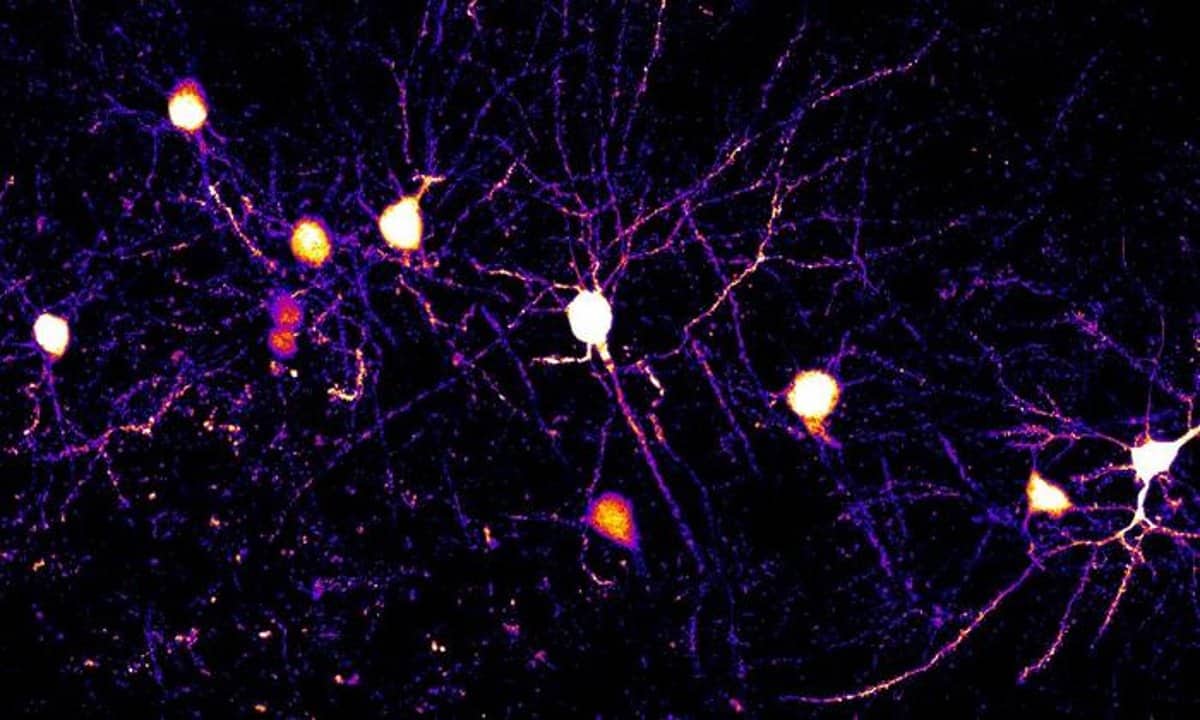

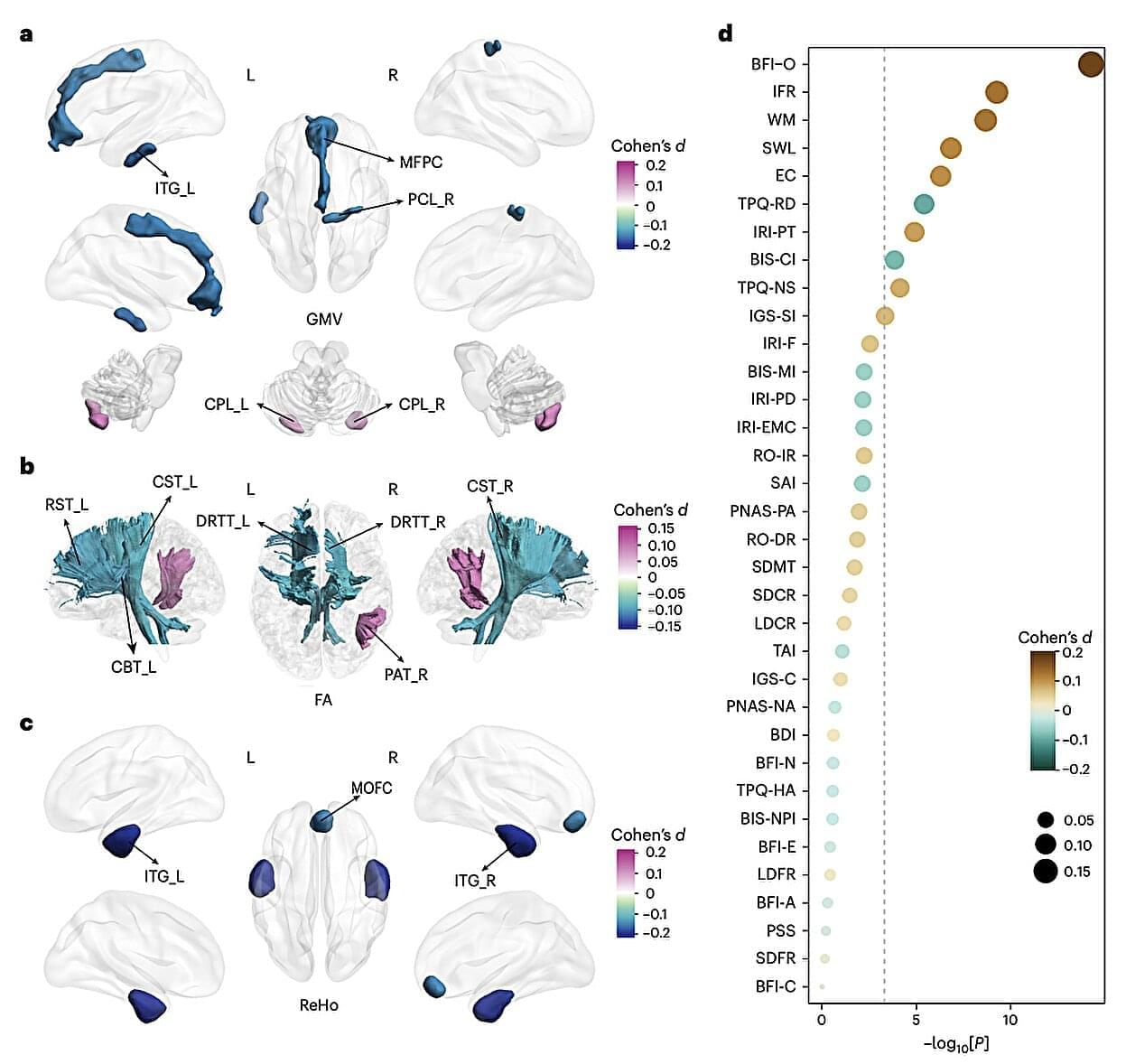
Statistics suggest that the size of families in many countries is shrinking and a growing number of parents worldwide either willingly or unwillingly end up only having one child. While many psychology studies have explored the differences between individuals who have siblings and those who don’t, the effects of not having any brothers or sisters on people’s brains and behavior are not yet fully understood.
Past research has yielded varying and sometimes contradictory results, which sometimes hinted at negative effects of being an only child and other times highlighted its positive implications. In addition, these negative and positive effects were found to be inconsistent across studies, with some studies suggesting that only children tend to do better at school, are more pro-social and less problematic, while others showed the opposite.
Researchers at Tianjin Medical University General Hospital and other institutes in China recently carried out a study aimed at better understanding how being an only child affects people’s brain and behavior during adulthood. Their findings, published in Nature Human Behaviour, highlight specific patterns in the brain’s development and activity, as well as behavioral tendencies, that are commonly observed in adults who grew up without siblings.


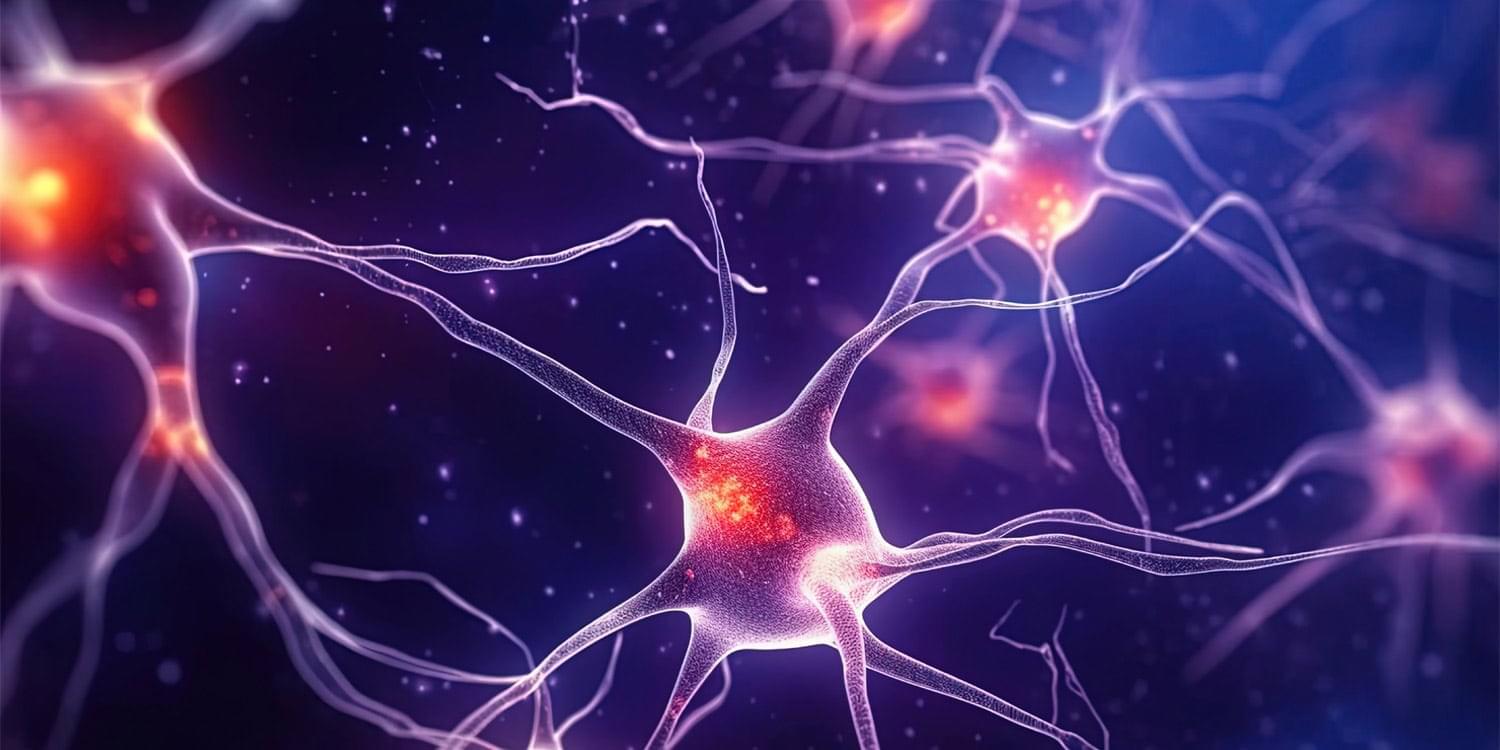
These electrical pulses are communicated with other neurons through connections between them called synapses. Individual neurons have branching extensions known as dendrites that can receive thousands of electrical inputs from other cells. Dendrites transmit these inputs to the main body of the neuron, where it then integrates all these signals to generate its own electrical pulses.
It is the collective activity of these electrical pulses across specific groups of neurons that form the representations of different information and experiences within the brain.
For decades, neuroscientists have thought that the brain learns by changing how neurons are connected to one another. As new information and experiences alter how neurons communicate with each other and change their collective activity patterns, some synaptic connections are made stronger while others are made weaker. This process of synaptic plasticity is what produces representations of new information and experiences within your brain.
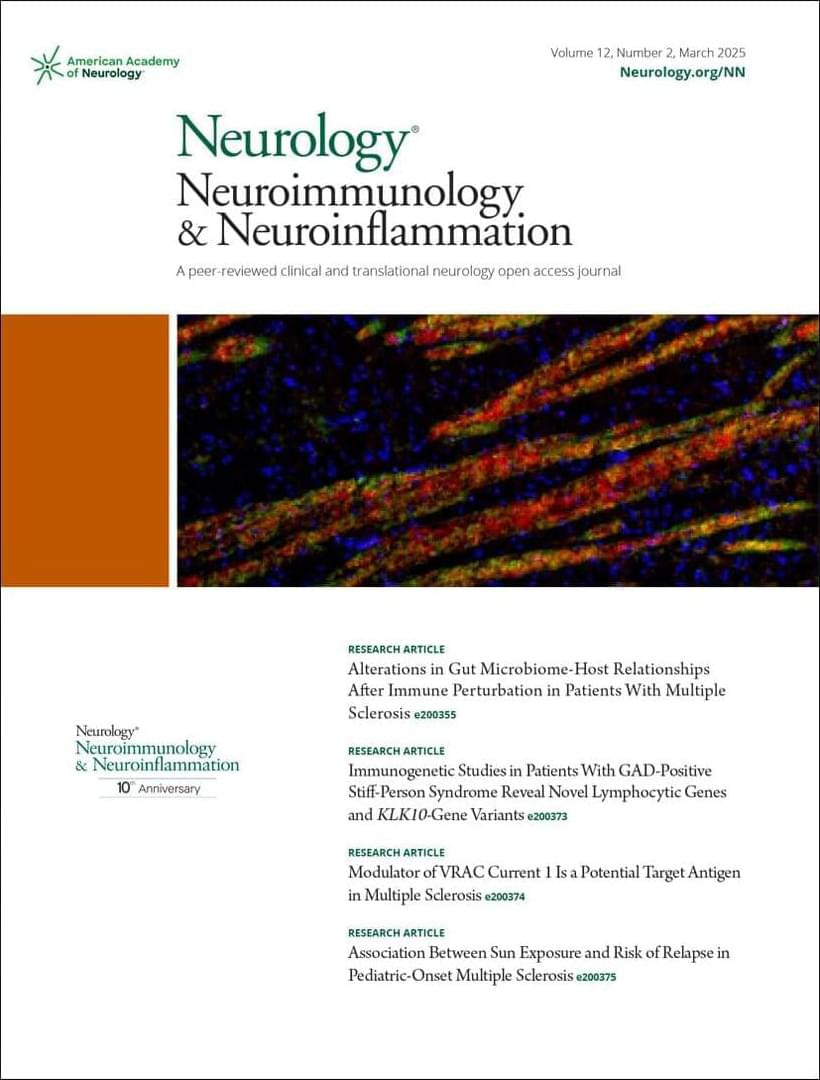
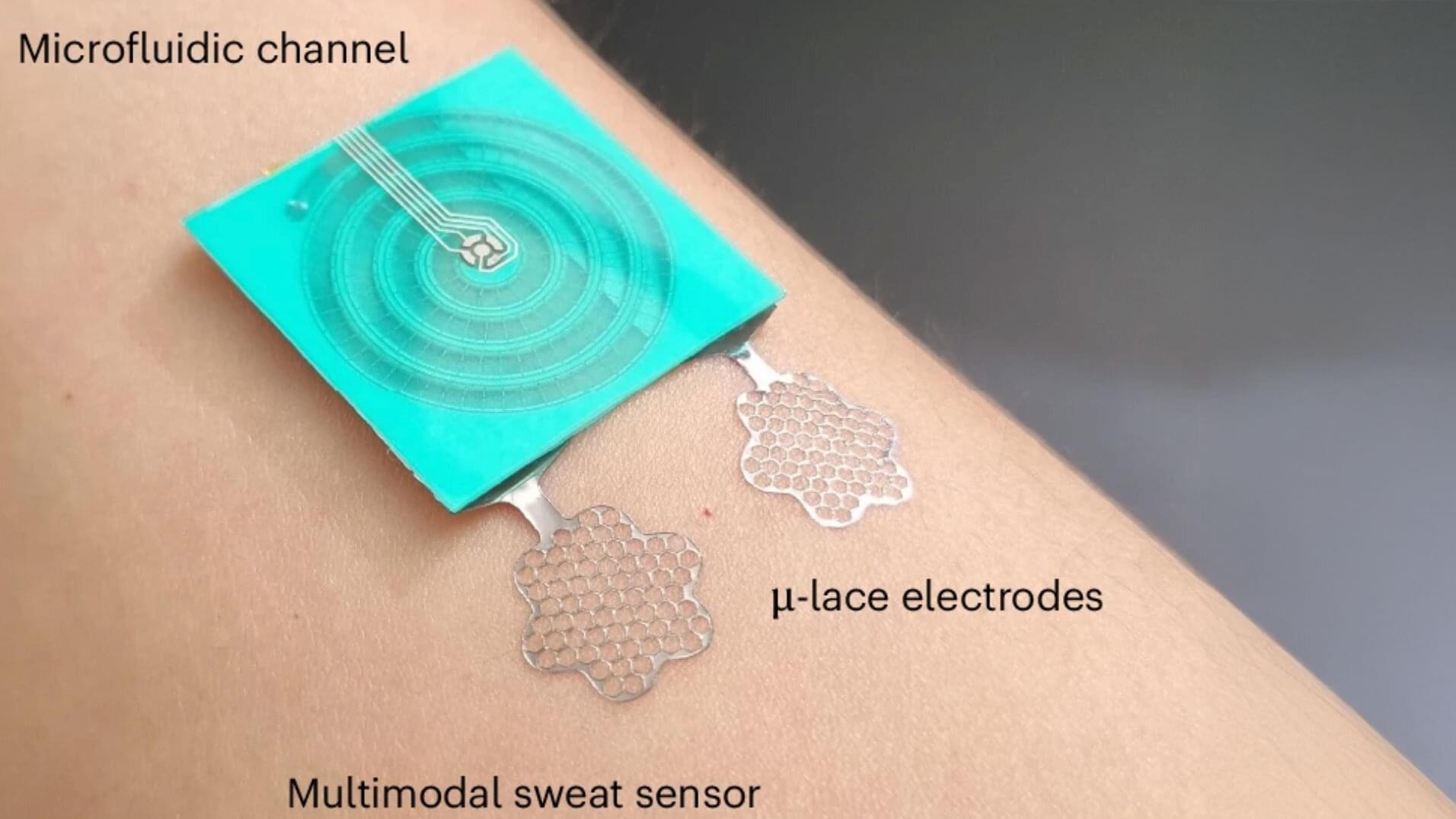
Dehydration can sneak up on you. Whether you’re out jogging or sitting at a desk, it’s easy to lose track of your fluid intake. But a new, tiny sweat sensor may soon solve this problem. Designed by UC Berkeley researchers, this wearable device can measure changes in your hydration status and help you decide when it’s time to take a break and get some water.
In a study recently published in Nature Electronics, researchers demonstrated how their sweat sensor measures electrodermal activity (EDA), an electrical property of the skin, to monitor hydration levels during physical activity. Until now, EDA, or skin conductance, has been thought to be effective at assessing only mental stress.
These findings could broaden EDA’s role in physiological monitoring and someday provide a simple way for people to also avoid dehydration.

Living to 100 may sound like a dream, but thanks to advancements in anti-aging and longevity research, it’s becoming more of a realistic goal than ever before. While genetics play a role, experts say your daily habits have a major impact on how gracefully—and healthfully—you age. From diet and movement to mindset and skincare, there are key lifestyle shifts and science-backed secrets that can help slow the aging process, boost vitality, and support a longer, more vibrant life.
Robert Love, a neuroscientist, shared three anti-aging and longevity secrets you should know about if you want to “slow down aging” and “even help reverse aging.” According to him, prioritizing sleep, avoiding ultra-processed foods, and taking healthy supplements are some of the best options. Read on to learn more.
Prioritizing sleep is one of the most powerful (and underrated) anti-aging tools you have. During deep sleep, your body goes into repair mode—producing growth hormone, regenerating cells, and fixing damage caused by stress and environmental factors. This nightly “reset” helps keep your skin, organs, and even brain functioning optimally.

